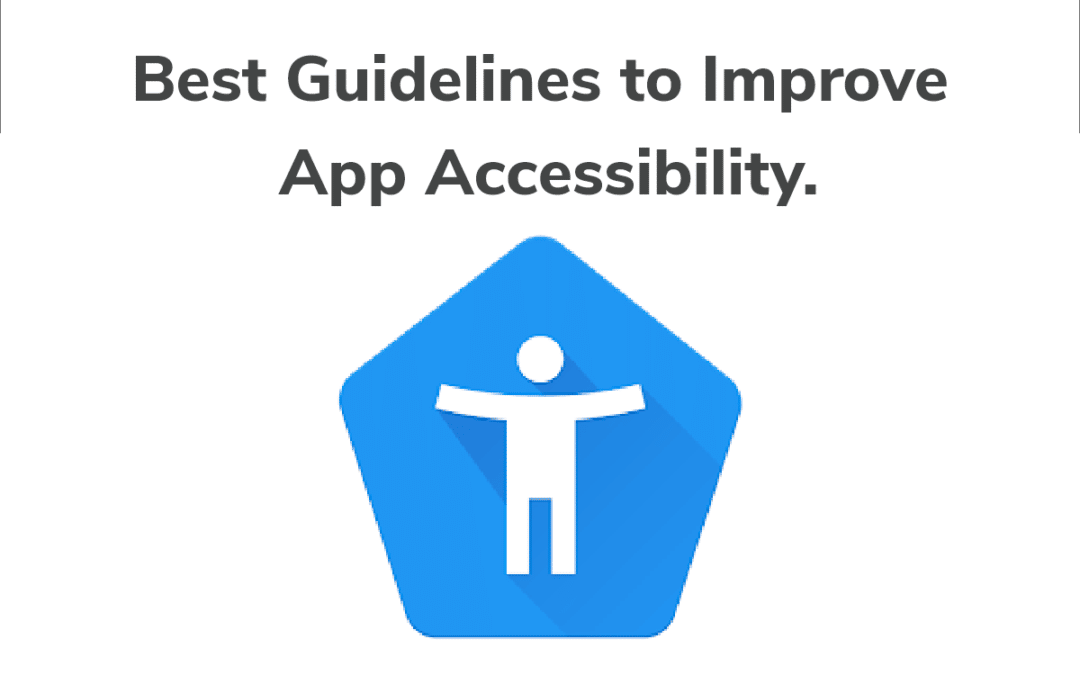As more users are getting comfortable with free apps, developers have to implement tactics to earn revenue within the app. For example, you can influence the user’s behavior for more ad impressions, in-app purchases, or subscriptions.
App monetization is a technique that can generate additional revenue within your app. Increasing your app revenue can start from the point of download when you offer a discount to the users with a clear intention to increase your conversion rate..
Influencing user behavior is an effective form of app monetization. Cross-selling and Upselling are two ways by which you can generate additional revenue through the app. You can also engage and encourage the users through push notifications.
In-app ads are a form of additional revenue earning medium for you because the higher the ad impressions higher the revenue. Remember, you must use several app monetization techniques to increase the return on investment.
App monetization best practices for free apps.
The right app monetization strategy will help boost the app revenue and keep the app free for your users.
The premium monetization method helps you to upsell the app by bringing paid app features to the users. When the users start using many of the app’s free features, they will be tempted to try the core features available for a small fee.
So, this is one of the best ways to monetize your app. The basic version will be free for all users and will also offer added features for a fee. The premium method will increase your sale and also help in user engagement and retention.
In-app advertising method.
Users commonly expect ads while viewing the content, so in-app ads do not negatively impact their app experience.
The app will be available for free, and you will also be able to run ads in between the ad content. The three common ways of using in-app advertising are:
You can place the ads at the top or bottom of the app’s page without disturbing the user viewing the content. Yet, the ad banners will remain on the user’s screen.
You can also include the ad in the video for less than 10-30 seconds, wherein the user can do away with these video ads by moving to the app’s premium version.
Another interesting way to promote your is by using a playable ad where the user can play a game while watching the ad.
App subscriptions.
In this method, you let the users know that when they download the app set of features will be available for free. And if they want an app upgrade, they can purchase a premium version
Include in-app purchases.
You can introduce additional features or benefits that the users love to buy at a later point. There are four key terms in in-app purchases;
- Consumable purchases – These are mostly used in game apps for the users to advance in the game. E.g., lives, coins, or boosts.
- Non-consumable purchases: These is a one-time purchase option and do not have an expiry date.
- Renewable subscriptions: Regular subscription payments will allow continuous access to the app’s premium features, content, and services. These subscriptions will be auto-renewed until the user cancels.
- Non-renewable subscriptions: This method only allows access to premium content for the subscription period. Users must buy a new subscription if they wish to retain access.
Conclusion
App monetization is vital for you to remain competitive and make ample revenue in a market flooded with free apps.
Through these monetization methods, you can boost the app’s revenue and provide a better user experience. In addition, you can also create personalized ads to target the specific user segment for user engagement and retention.
While free apps are capable of earning a profit for you, the need for effective monetization strategies is a must to ensure long-term success.

